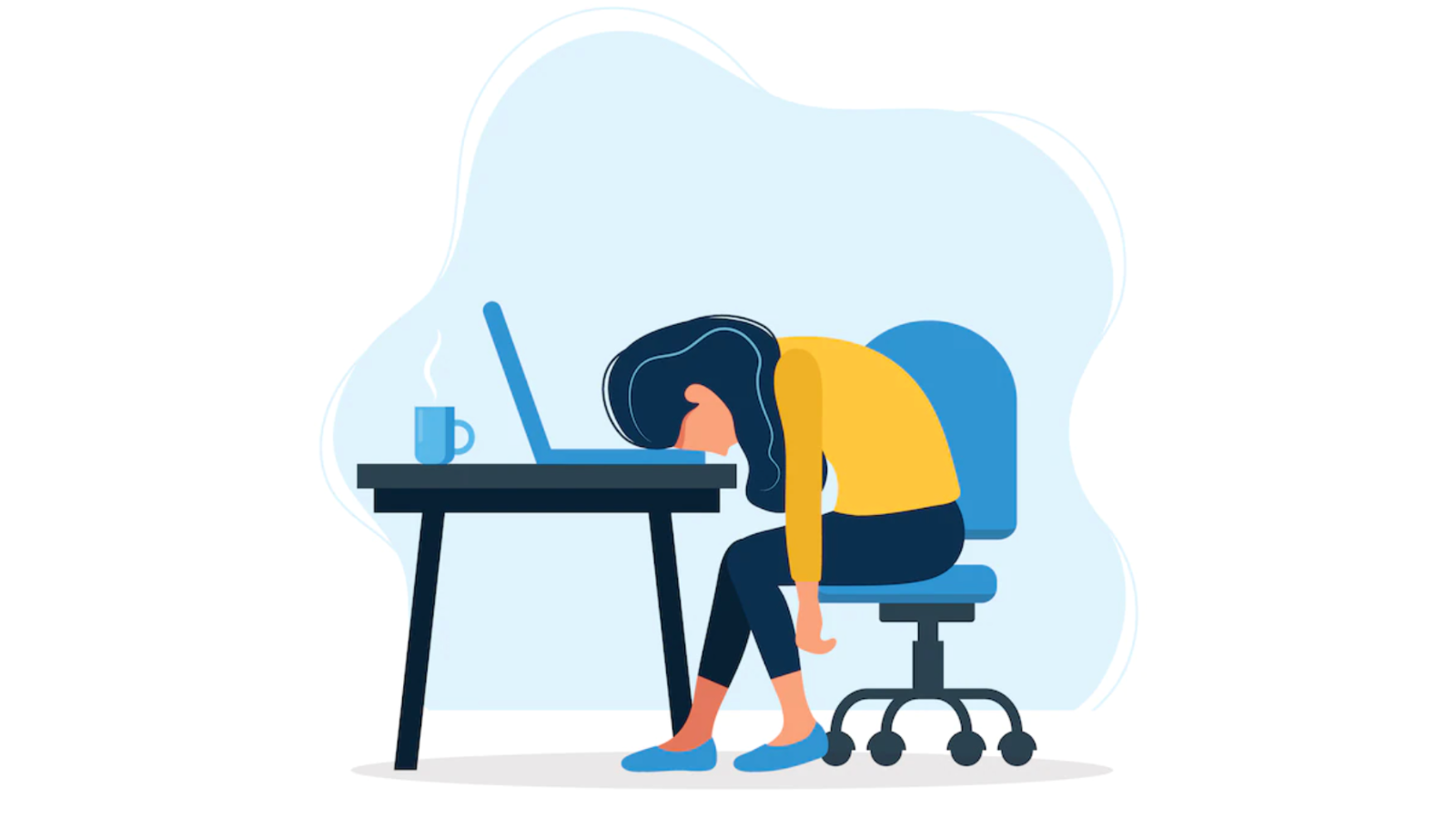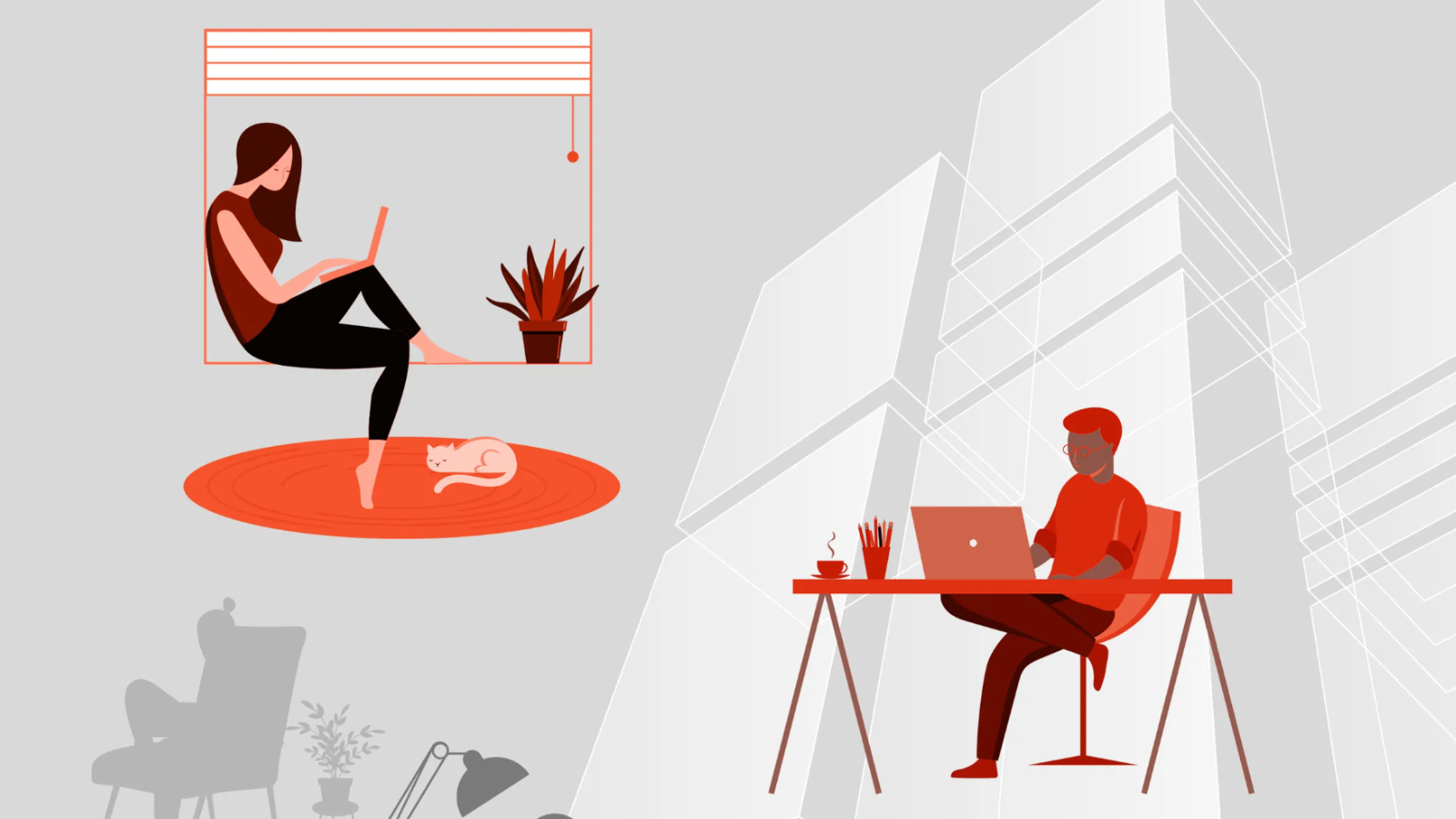
Future of Work Roundup: August 26
A look at “quiet quitting,” plus some stats on how too many meetings are bumming us out.

This week’s Future of Work Roundup includes big name orgs going fully-remote, plus how to make your hybrid work presentations more exciting.
The brand synonymous with the short term rental market announced that their workforce can indefinitely stay at home (or, at a tropical locale, mountain town, or cabin in the woods) to get the job done.
That checks out, given the nature of their business.
The bottom line: Businesses are still figuring out the future of hybrid work and what the best solution is; to allow people the autonomy to work where they choose (like Airbnb, Zillow, and PwC) or to create offices that entice folks back in (like Microsoft and Google).
We’re slowly but surely becoming less, shall we say, awkward with hybrid presentations. And while we’ve improved a ton since March of 2020, there’s still ways we can do better to create meeting experiences that’s best for everyone in-office and working remote.
Anything to not get snoozy at 2pm, right?
The bottom line: Focus on your content being clear and concise to keep the audience’s attention on your message.
To piggy-back off our last point, one of the best ways to create interesting content and an effective presentation is to think more like a storyteller, and less like a person simply pressing play on a PowerPoint.
Cue the secrets, Spielberg.
The bottom line: Expert storytellers think through their stories first (like the structure, theme, heroes and villains, surprises, and conclusion) long before they open any presentation platforms.

A look at “quiet quitting,” plus some stats on how too many meetings are bumming us out.

The future of four-day work weeks, plus why women are quitting more than men.

Six experts forecast the future of work, plus driving higher work performance through closer connections.